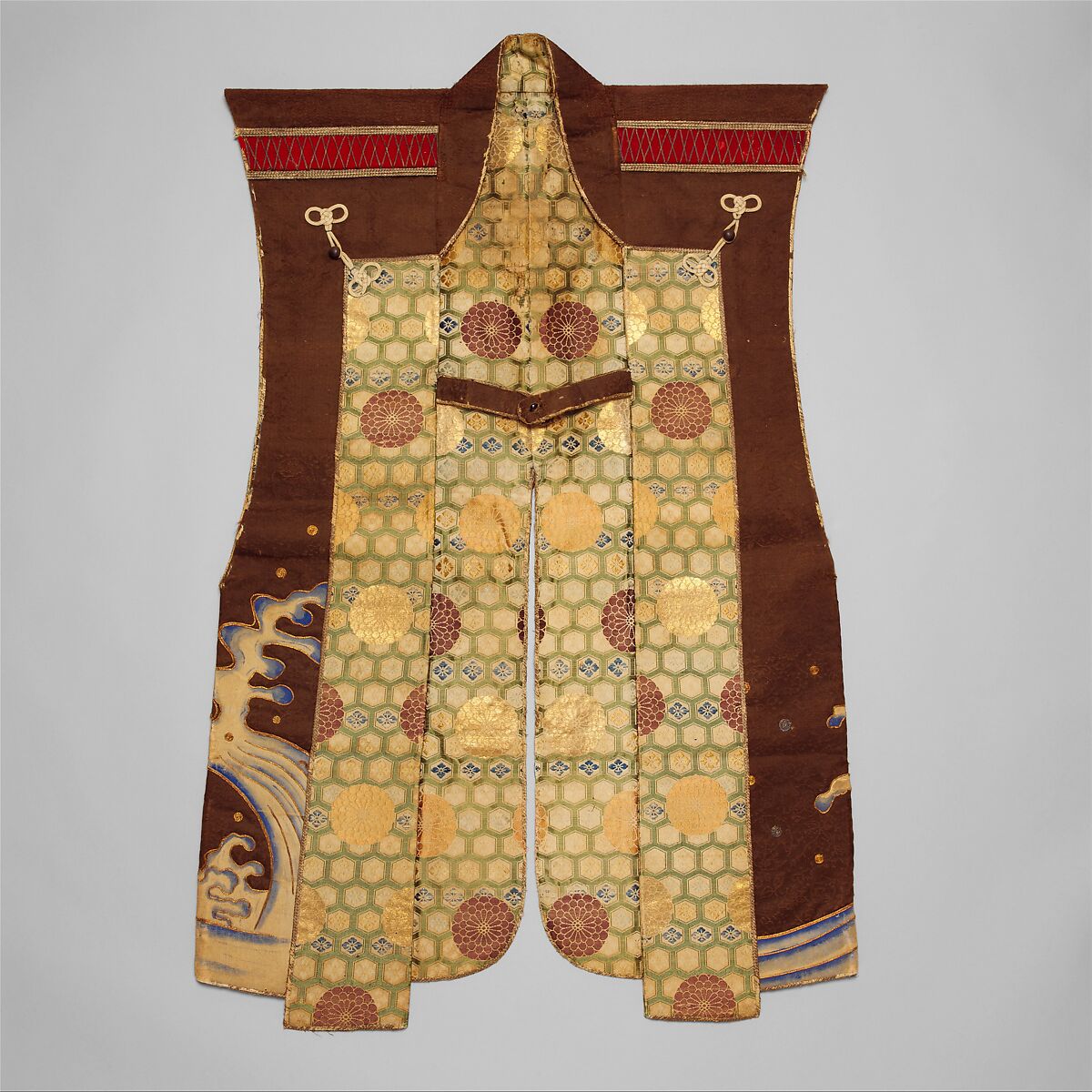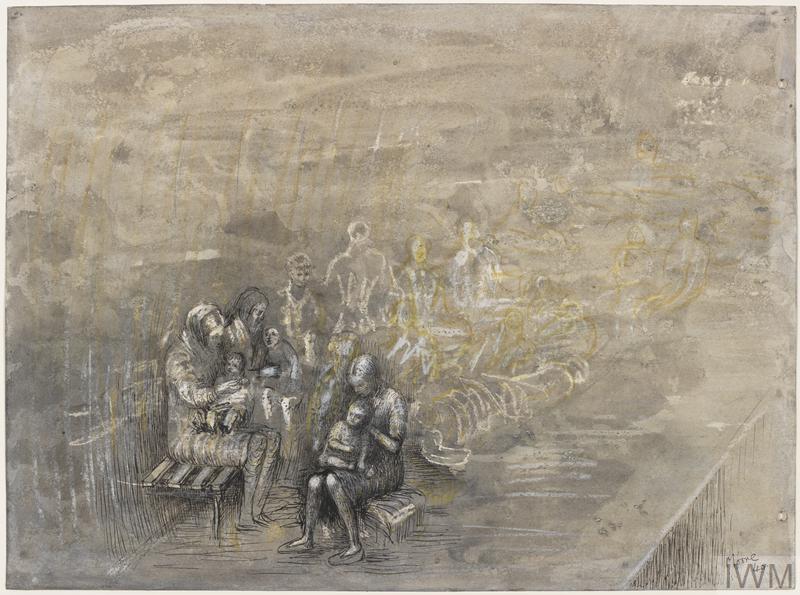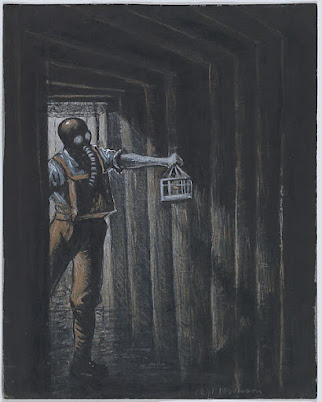Non-Western Blog
For many years, Americans have indulged in Japanese art, primarily in terms of anime, manga, and cutesy mascots. We were t-shirts, we buy figurines, and we purchase cutlery and dishes with floral prints or cute animals on them. But it would be a disservice to the rich history and culture of Japan to act as if this is all the art they have to offer. For this blog post, I will be looking at four works from the Edo Period, which lasted from 1615 to 1868.
One Hundred Boys, Kano Eino, 17th Century, Japan
Kano Eino was the successor to Kano Sansetsu, head of the House of Kano, who served as official painters to the elite of both the imperials and military for over four centuries. Kano Eino's style is one passed down through his family, as many generations of the Kano family painted in a similar style. I chose this painting because I feel like it reflects the values and culture of the time, as well as being very visually pleasing. There are multiple elements from Japanese culture present in the screen painting, such as the lion dancers, which are common at festivals, and the crane, a bird that routinely appears in Japanese folklore and literature. I love the look of this piece, as the yellow of the screen paper very nicely contrasts with the deep blues and rich greens. I also greatly enjoy the use of both hard lines and contrast, and of soft gradients. The figures each seem to show different personalities, from lively children to calm and content mothers. The general feeling of this piece is one of happiness and joy, and it makes me feel good just looking at it.
Poem by Kamo no Chomei with Underpainting of Cherry Blossoms, Hon'ami Koetsu, 1606, Japan
Hon'ami Koetsu was a highly influential calligrapher during the Early Edo Period. This piece was a part of a collection called Shin kokin wakashu, or New Collection of Ancient and Modern Poems, which featured many other poems. Hon'ami wouldn't usually paint the papers to resemble the poems written on them, but he decided to do so with Kamo's poem seen here, painting cherry blossoms to match the poems mentions of walking through a forest. I chose this piece because it felt unique in it's subject matter. It is the combining of three forms of art; calligraphy, poetry, and painting. I love the subtle colours chosen for this piece, and was rather impressed when I saw they were made using silver and gold. The actual writing feels artistic as well, the lines varying in width to create a less uniform and more engaging look, and the composition feels balanced despite the asymmetry of the work. It makes me feel calm, and I love the imperfections and visible brushstrokes that give it a more gentle atmosphere.
Surcoat (Jinbaori), Unknown, 17th Century, Kyoto, Japan
This jinbaori, a decorative and protective layer worn over the armor of high-ranking samurai, belonged to a member of the Makino family, as identified by the family crest on the back of the article. The high quality materials, such as silk and metallic thread, and attention to detail mark this piece as being of incredibly fine make, which makes sense given the Makino family's history as daimyo of Tanabe, or feudal lords. I always love when things such as armor or weaponry can also be classed as art, and this jinbaori is no exception. The countless threads and use of colour are a wonder to look at, and exude an air of importance and nobility. The embroidered stylized waves on the back are truly eye-catching, and I love the use of line width to display a depth and movement to the ocean spray and waves. It is an article of clothing that demands respect, and I wish i could own something only half as lovely as this.
Stationary Box in Kodaiji Style, Unknown, 17th Century, Japan
Continuing my love of finding things aside from paintings and sculptures that can be classified as art, this stationary box from the early 17th century is absolutely gorgeous. It is done in the Kodaiji style, a lacquer decoration style from the Momoyama Period. Kodaiji gets its name from the Kodaiji temple, where the memorial shrine for the military potentate Toyotomi Hideyoshi as built in 1616. The contrast in colour between jet black and soft brown is very attention-grabbing, and the use of both thick, harsh lines and small, intricate designs make this box alluring to any owners of nice stationary. I love the use of willows, wisterias, and pine trees in this work, as well as the gold-and-silver foil inlay, even though all these aspects are uncommon when it comes to the Kodaiji style. Overall, I find this box stunningly crafted, and long to have something as nice as this some day to house my own stationary, such as calligraphy pens and ink bottles.
Resources:
Hon'ami Koetsu: https://www.metmuseum.org/art/collection/search/44861
Stationary Box: https://www.metmuseum.org/art/collection/search/44884









Comments
Post a Comment